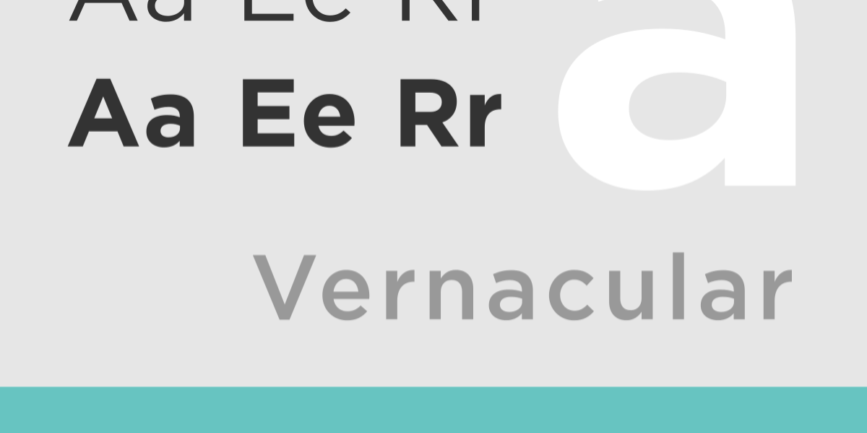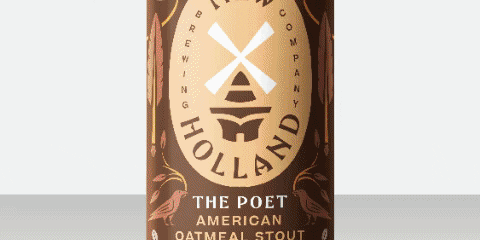Wisdom Nuggets: How Much For a Logo?

How much does it cost? Usually, “how much for a logo”? Sometimes tire kickers can turn into the best clients.
I actually helped someone not long ago over on Facebook. Her question was a bit on the complicated side, and in reality had nothing to do with pricing a logo.
She is licensing t-shirt designs to a national park. Her desire was to establish a flat royalty percentage. That creates significant complications, especially without a proforma or some kind of manner to establish projected units sold.
In her case, I suggested she establish a flat rate, based on the assumption she creates a design that never yields any purchases, because her work has value, even if the distributor neglects to successfully reach the appropriate target audiences. After all, why should she be penalized for their inability to exercise their part of the process? But, if the design is inordinately successful, why shouldn’t she be appropriately compensated?
I began by helping her come up with a simple formula, which like the shirts that are being sold, does not have a one-size-fits-all approach. Either way, the big idea was to define a handful of terms.
First, what is the initial value of the design? This is dependent upon a number of variables that are both qualitative and quantitative. That minutiae can get boring really quickly. We’ll just assume the design value is $1000.
Then, we have to determine what the terms net sales and gross sales mean. This is critical for the purpose of the contract. I originally suggested she charge a percentage of gross sales. However, she opted for net sales, which, in my opinion, opens a much larger can of worms. I helped her define net, in this context. Essentially, it’s the cost of the actual textile, the amortized cost of the silk screen process, and any discounts all subtracted from the retail price. If you don’t define this in the contract, net might remain at zero, until the client recoups all their costs, including the flat fee for the design or designs. She felt that was the most fair way to ask for 8%. One could establish a timeframe to allow for renegotiating the contract. I prefer open-ended licensing. But, to each their own.
Obviously, that example is much more convoluted than determining how much you may charge for a logo. Personally, my company doesn’t sell logos. We create comprehensive brand languages, because a logo has no clear value without a method for delivery. If I were to sell a logo, I might start by referencing the Graphic Artists Guild’s Handbook on Pricing and Ethical Guidelines. If you’re not familiar, they survey a large number of designers to get a grasp of price ranges for various applications and company sizes. This matters, because your design has a greater value when it is in front of more people.
For example, the logo you create for a local ma and pa shop that grosses less than half a million per year might be worth $1500 to them. However, the value to a Fortune 500 could be in the millions of dollars. The most important part, though, is how much is it worth to you? What amount would you feel happy about receiving for the work you do?
Don’t lose sight of why you do what you do. Getting rich isn’t the objective. Helping others, while satisfying your need to create, should be the primary goals. The money is just the business-side of the transaction.
For me, I want my customers to be happy. I want them to see and experience the value of working with me. I also want the visuals we put forward together to best represent the experiences their customers should expect. It’s the whole idea of paying it forward.
Find your happiness and share it with others, so they will do the same.


